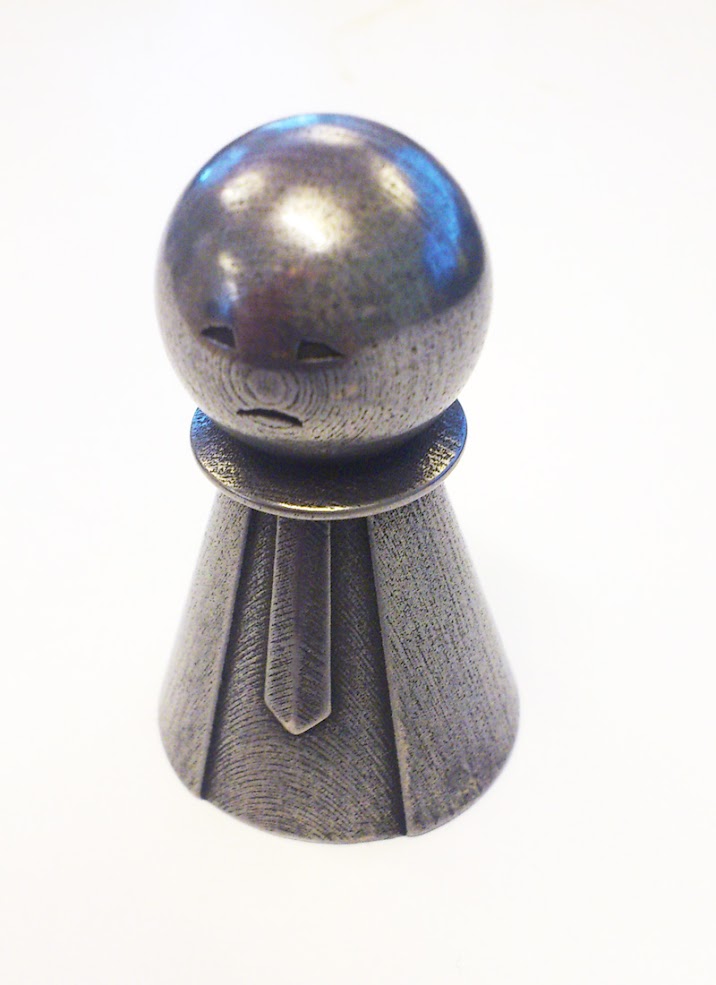Building thickness
-
@rudbeckia said:
A 3d printer will not read just a face in SU even in the faces are closed, like a cube. It does not read the cube as a solid......at least thats what i have been told.
I've not had that problem. When you have a closed volume, in SketchUp it will say "Solid" in Entity Into then it's good to go for 3d print.
This was printed from a SketchUp model:

https://plus.google.com/u/0/photos/103450081381233788032/albums/5754245713469640065
I used iMaterialize's services.
-
Poor pawn !

-
The simple definition of a manifold solid - one that will successfully 3d-print when exported to a compatible file format - is a collection of 'geometry', consisting of just faces and the edges bounding those faces [within a group or a component 'container'].
Every edge must bound exactly two faces - no fewer and no more.
So that precludes faceless edges, or edges around holes, forming flaps/shelves etc with therefore one face only, or edges bounding internal partition faces where they would have three or more faces, or edges shared by two otherwise seemingly solid objects - like cubes meeting along one edge - where that edge is shared by four faces.
It also precludes nested groups/components and any other entities like text and dims.
Although construction-lines and points [aka guides] within a collection do not compromise its solidity, these are best avoided when sending on for 3d-printing etc... -
You should consider downloading a demo version of Rhino and running the Shell command. I'm assuming you're just printing the outside volume of these buildings, therefore you don't need floors. Shell will do what I think you're looking for.
Advertisement







